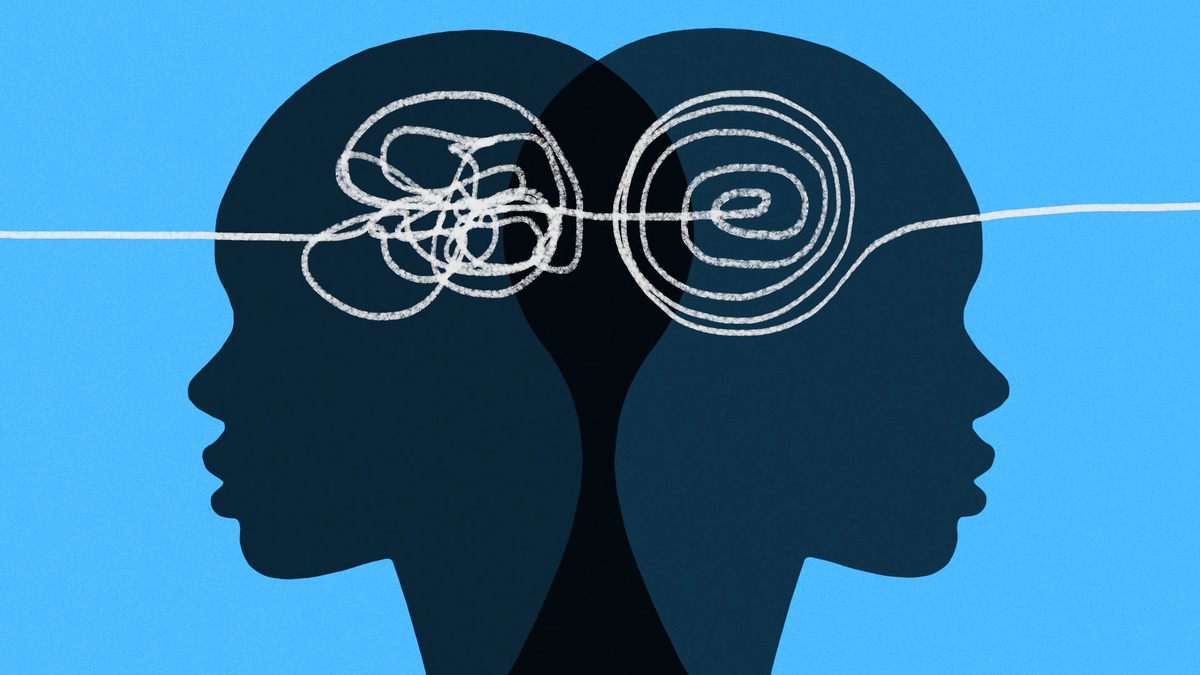What is the difference between ADHD and ASD?
While both ASD and ADHD are neurological diseases that last a lifetime, they manifest clinically differently. Impaired verbal and nonverbal communication, weakened social skills, and repetitive or limited behavioral patterns are characteristics of autism spectrum disorders (ASD). They struggle to comprehend their own feelings and thoughts as well as those of others. They lack emotional reciprocity and struggle to share their accomplishments, feelings, hobbies, or joy with others. They have difficulty understanding emotional language and identifying facial and body language cues that convey emotions. All the same, it is highly likely that an individual with ASD is focused, diligent, honest, eager, courteous, respectful, kind, and kind. These attributes not only make them dependable spouses and excellent workers, but also wonderful friends. The nervous system of an ADHD person is never at rest. It want to be involved in a stimulating and demanding activity. Never is attention a "deficit." It is always over the top, consumed by internal musings and activities all the time. Though behavioral problems can take many forms, they usually consist of breaking social norms, acting impulsively, being extremely goofy, or interfering with other people's activities. They consistently struggle with planning and organization.
How challenging is it to diagnose ADHD and ASD?
Both disorders create diagnostic hurdles, particularly for people with modest or "mild" presentations where problems are hidden by compensatory techniques or other concomitant conditions.Coping mechanisms can conceal symptoms of ASD as well as ADHD, and by the time people reach adulthood, these mechanisms are frequently well-established. These typically help the person act in a way that is socially acceptable for a brief period of time and/or in particular situations while they are in public. the focus shifting from the main issues (ADHD or ASD) to alternative diagnoses such as addiction or antisocial personality disorder.
What variations exist between ASD and ADHD presentations?
The symptoms of ADHD include issues with social interaction, communication, and stereotyped behaviors, whereas the diagnostic criteria of ADHD often involve indications of hyperactivity, impulsivity, and inattention. But there are many circumstances in which it is difficult to distinguish between autism and ADHD. They are aware of the social norms, yet they are unable to follow them. Despite their social struggles, they exhibit social perception. In addition, they struggle to focus, obey classroom rules, and are impulsive, hyperactive, and quickly distracted. Conversely, persons with ASD struggle to interact and communicate with others in a meaningful way. They also exhibit ritualistic and repeated behaviors and struggle to modify their way of life when things change. The key characteristics of ASD and ADHD, particularly inattention and social difficulties, are now widely acknowledged to overlap. Some, but not all, of these overlapping patterns can be observed in the cognitive and behavioral qualities linked to ASD and ADHD. Both disorders are associated with a high prevalence of challenging behaviors, including learning difficulties, poor impulse control, low motivation, behavioral disinhibition, aggressiveness, and poor rule-regulated behavior. The cognitive deficiencies associated with these illnesses, such as impaired social cognition and emotion detection, have also been observed to overlap. ADHD and ASD can coexist, according to the DSM-5's current diagnostic standards.
Is the strategy the same for both management and treatment?
Social interventions, psychotherapy, education, counseling, and medication are some of the treatments and management strategies for ASD and ADHD. For both adults and children with ADHD, there are pharmacological treatments available; however, there is no conventional pharmacological treatment for ASD. The National Institute for Health and Care Excellence (NICE) criteria should be adhered to in the UK while treating ADHD pharmacologically. In some nations, psychotropic drugs are frequently used to treat the symptoms of ASD. Unfortunately, there is little data to support its usage in this population, and there is a significant risk of negative effects. For both diseases, psychological therapies are crucial. The symptoms of ADHD and ASD should be improved, and the social skills that are hampered by them should be strengthened, using psychoeducational interventions and psychotherapies.
What impact might these conditions have on a person's quality of life?
Individuals diagnosed with ASD and ADHD are significantly more likely to experience a wide range of emotional challenges, social issues, and underachievement in school and the workplace. Their professional success is frequently hampered, and they frequently exhibit poor academic performance. Additionally, they have severe deficits in their ability to interact with others, both within and among their peers. Sexual health is one of the many aspects of a person's personal and social development that can be impacted by attention deficit/hyperactivity disorder (ADHD) and autism spectrum disorders (ASD). They have less satisfaction in partnerships and less stability in romantic relationships. It is common for people with ASD to struggle to articulate or conceptualize what they mean when they talk about friendships, partnerships, and social collaborations. Social interactions and friendships are essential to human growth. It is a crucial factor in the development of morality, society, and emotion.


No comments yet